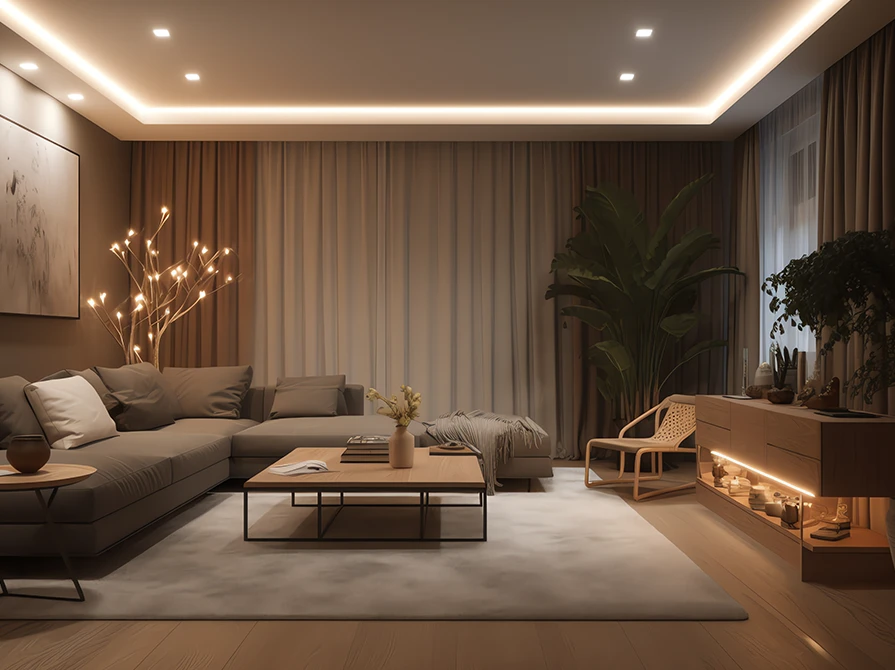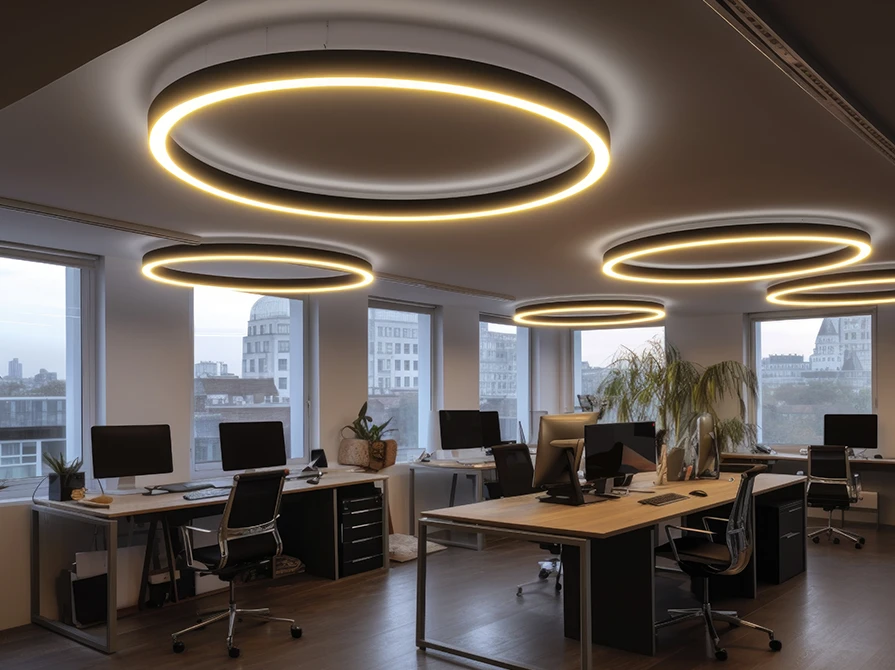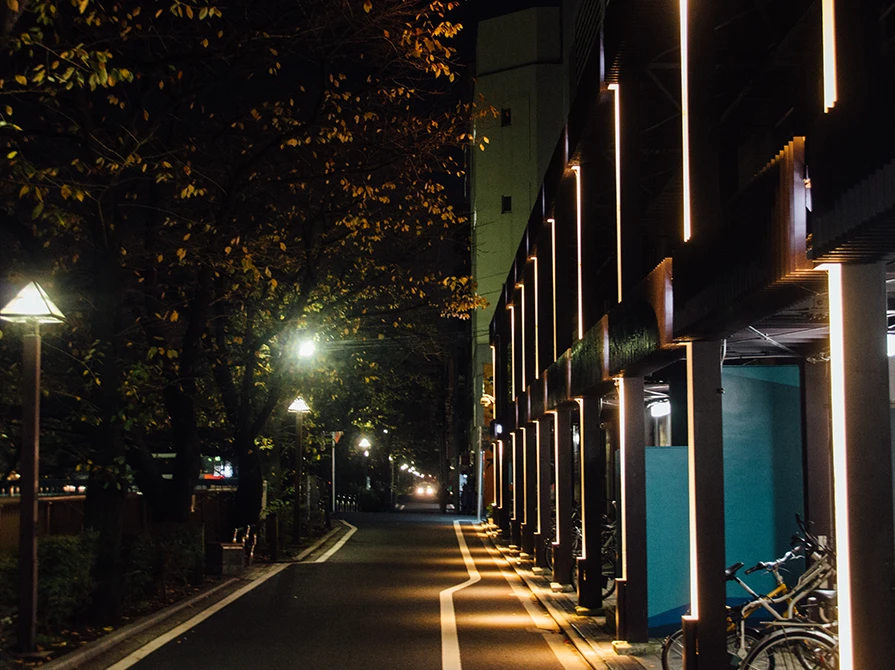

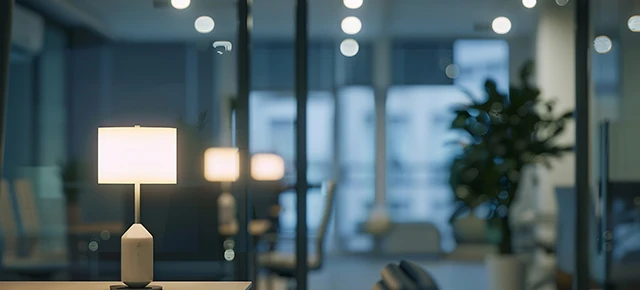
Lighting is perhaps one of the most significant elements of interior design. It has become a daily necessity to illuminate the night sky.
Since its introduction in 1879, lighting has evolved to satisfy human needs. It contributes to living productive lives, shaping our mood, creating atmosphere, effects, emotions, etc. Today, we cannot imagine our lives in the darkness. So, the benefits of indoor and outdoor lighting solutions are limitless.
However, like a coin has two sides, lighting also has its boon and bane. Exposure to excessive lights can cause side effects such as glare light pollution.
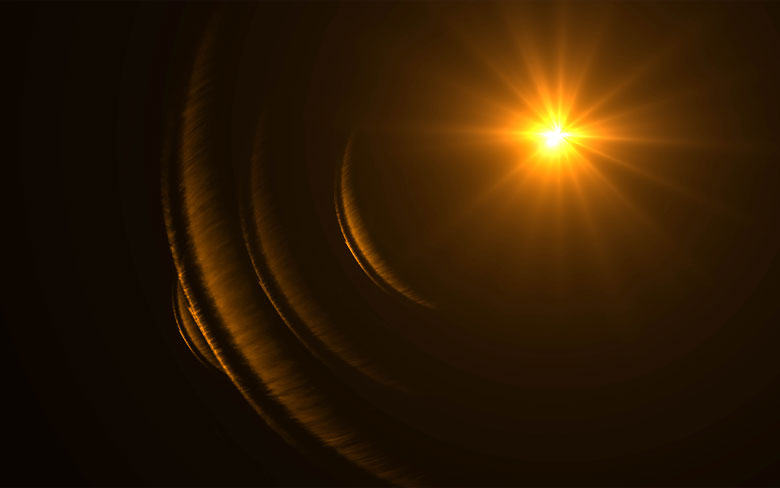
It is a health condition where a visual sensation is caused due to exposure to uncontrolled illumination. It is produced by the high brightness in the visual field grander to which our eyes can handle. The sensitivity of glare can vary widely but, old people are generally more sensitive to glare due to the ageing characteristics of their eyes.
There are two forms of glare, which are:
It is the reduction in visibility occurred by intense light exposures in the field of view. It works by a loss of visibility from stray light being scattered within the optical system of the eyes. As a result, the veil is drawn over the retina and reduces apparent contrast in the visual scene to impair visibility.
It is also known as psychological glare is a sensation of annoyance or discomfort of induced pain by excessive brightness. The main parameters of discomfort glare are the size of the glare, its position, background and source.
Glare depending upon the intensity can lead to light pollution altering the colour and contrast of the nighttime sky. It can also contribute to hampering the circadian rhythm of human beings. Along with these, there are some other side effects of glare light pollution, which may include:
According to the International Dark-sky Association, 12 million tonnes of carbon dioxide is released into the atmosphere due to the use of artificial lighting. This much CO2 emission is enough to cause global warming and pollution.
Melatonin, a sleep hormone, is influenced by lighting pollution. This hormone activates in darkness, thus light brightness only reduces the hormonal deficiency and leads to sleeping disorders.
By following the below-mentioned points, one can easily save the environment and yourself from the harmful effects of glare lighting.
Lighting is no doubt an integral part of our improved lives. However, we must learn how to use modern LED lighting efficiently to attain the maximum benefits and reduce negative effects. Furthermore, while choosing a lighting system, it is better to opt for branded and trusted products like Wipro LED lighting. Architects claim that product quality and effectiveness also play a major part in maintaining overall health and atmosphere.


